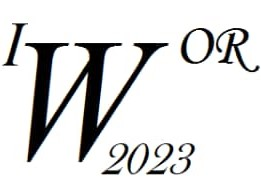Ponentes
Descripción
Underlying resting-state or standardized task paradigms are large-scale and dense frequency-specific functional networks that produce oscillatory activity from low-order to high-order cortical regions. Neuroimaging methods such as the MEEG inverse-solutions that target this type of neural activity may face severe localization and leakage distortions that are enlarged for EEG. Our rationale is to measure distortions of EEG inverse solutions regarding a ground-truth that reflects the properties of real data such as high-density MEG/ECoG. For the high-density MEG data from the HCP database, we obtain source forward models and their inverse solutions via MNE inverse solution, which defines such a ground-truth. We generate pseudo-EEG data, from the MEG by applying the MNE inverse-solution and, the forward model for a low-density EEG co-registered with the same subject's MEG and MRI. Our rationale is essentially the same as that of MEEG inverse-solutions compared in simultaneous MEG and EEG but employing pseudo-EEG, a MEG derivative via another inverse solution that avoids the inverse-crime. Inverse solutions under analysis are eLORETA, LCMV, and SSBL. We also measure the incongruence or overall level of localization/leakage distortions using: Surface-based EMD or effort to deform one cortical topography into another. Our results suggest that simulations based on an idealized ground truth may not accurately assess the actual distortions. Incorporating a realistic ground truth from high-density MEG shows that leakage and localization errors of inverse solutions might be much more severe than expected.

